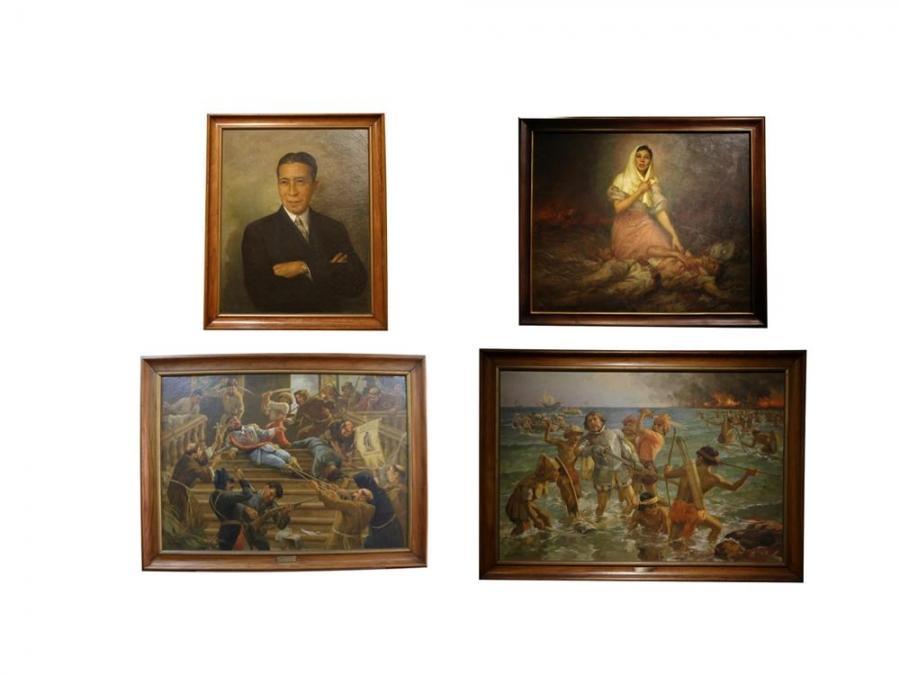Fernando Amorsolo Paintings And Their Names
.jpg?mode=max)
Fernando Amorsolo, a name synonymous with Philippine art, captured the soul of the archipelago on canvas. His paintings, bathed in the golden light he so masterfully rendered, are celebrated for their idyllic portrayals of rural life and Filipino culture. Understanding these masterpieces requires not only appreciating their visual beauty but also deciphering the stories embedded within their titles.
This article delves into the world of Amorsolo's paintings, exploring the significance of their names and how these titles contribute to our understanding of his artistic vision and the historical context in which he worked. We will examine several iconic works, analyzing the connection between their titles and the scenes depicted.
Deciphering Amorsolo's Titles: A Glimpse into Philippine Life
Amorsolo's titles are rarely arbitrary; they often offer a direct, yet nuanced, window into the narrative he intends to convey. Consider "Antipolo Fiesta," a vibrant depiction of a traditional celebration in Antipolo, a city known for its religious pilgrimage. The title immediately situates the painting, informing the viewer about the location and cultural event being portrayed.
The use of "fiesta" further emphasizes the festive atmosphere, suggesting a scene filled with music, dance, and religious devotion. Without this title, the painting might simply be interpreted as a gathering of people; the title provides crucial context, transforming it into a specific cultural event.
Key Works and Their Titles
"Planting Rice" is perhaps one of Amorsolo's most recognizable works. This title is straightforward, immediately indicating the central activity being depicted. The simplicity of the title belies the complexity of the scene, capturing the communal labor and connection to the land that were fundamental to Filipino rural life.
Similarly, "Lavanderas" (Laundry Women) paints a picture of women washing clothes by a river. The title directly identifies the subject matter and provides insight into the daily lives of women in rural Philippines.
"Dalagang Bukid" (Country Maiden), another iconic painting, showcases a young, idealized Filipina beauty. The title is central to understanding the work, as it highlights Amorsolo's romanticized vision of the rural Filipina as pure, innocent, and representative of the nation's beauty.
Amorsolo's portrait titles are equally revealing. They offer insights into the subjects' social standing, profession, or personal characteristics. For example, titles like "Portrait of a Lady" or "Portrait of a Farmer" provide basic identifying information, allowing viewers to contextualize the individuals within the broader social landscape of the time.
The Significance of Context
Understanding the historical and social context is crucial to fully appreciating Amorsolo's work and the significance of their titles. His paintings were often created during a period of significant change in the Philippines, including American colonization and the lead up to independence. These events influenced his artistic choices and the messages he sought to convey.
"Amorsolo's paintings, with their idealized depictions of rural life, can be seen as a form of cultural preservation, celebrating Filipino traditions and values in the face of modernization and foreign influence,"explains Dr. Maria Santos, an art historian specializing in Philippine art. The titles, therefore, serve as signposts, guiding viewers towards an understanding of this cultural significance.
The enduring appeal of Amorsolo's paintings lies not only in their aesthetic beauty but also in their ability to evoke a sense of nostalgia and national pride. His works continue to be celebrated as powerful representations of Filipino identity and cultural heritage.
Amorsolo's Legacy and the Importance of Titles
Fernando Amorsolo's contribution to Philippine art is undeniable. His paintings, carefully crafted with titles that provide essential context, offer a valuable glimpse into the past. They provide a means of celebrating the beauty and richness of Filipino culture.
By paying attention to the titles, we can gain a deeper appreciation for Amorsolo's artistic vision and the stories he sought to tell through his brushstrokes. The titles, therefore, are integral to the works' overall meaning and impact.
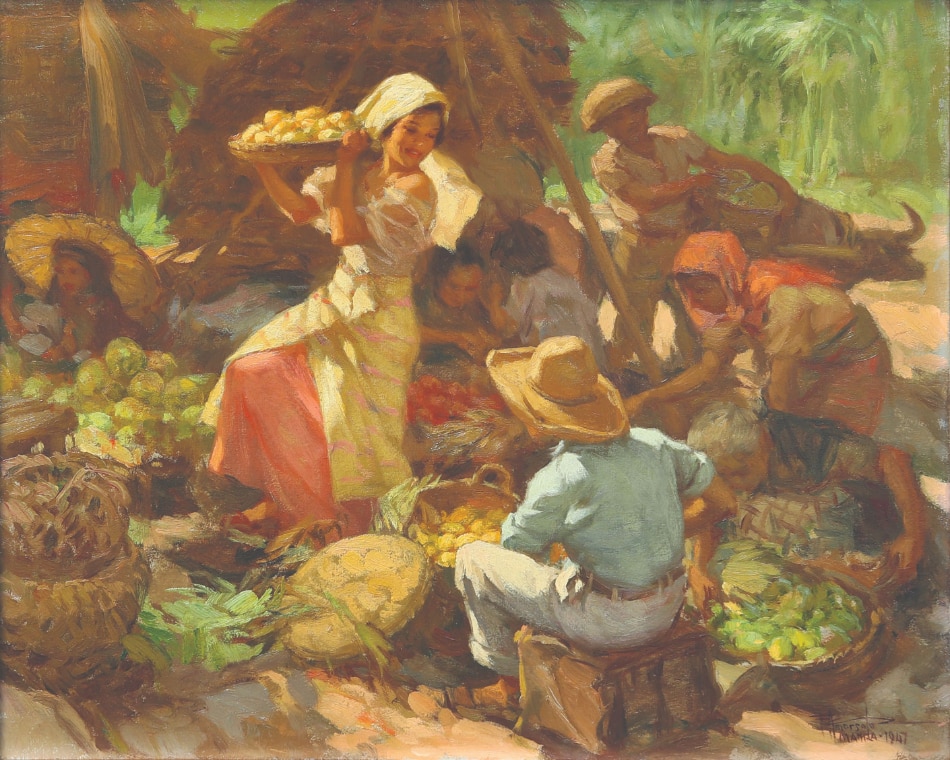
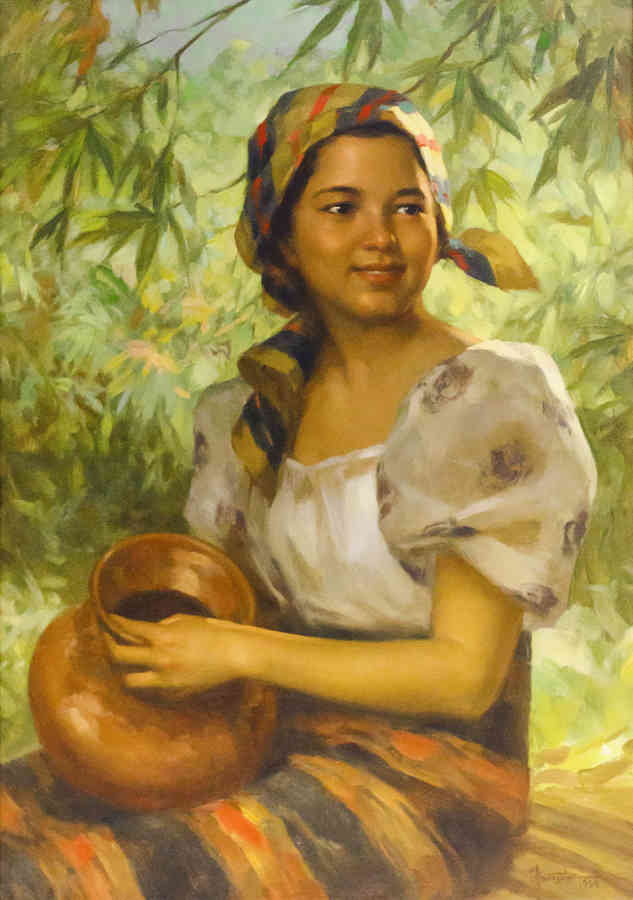

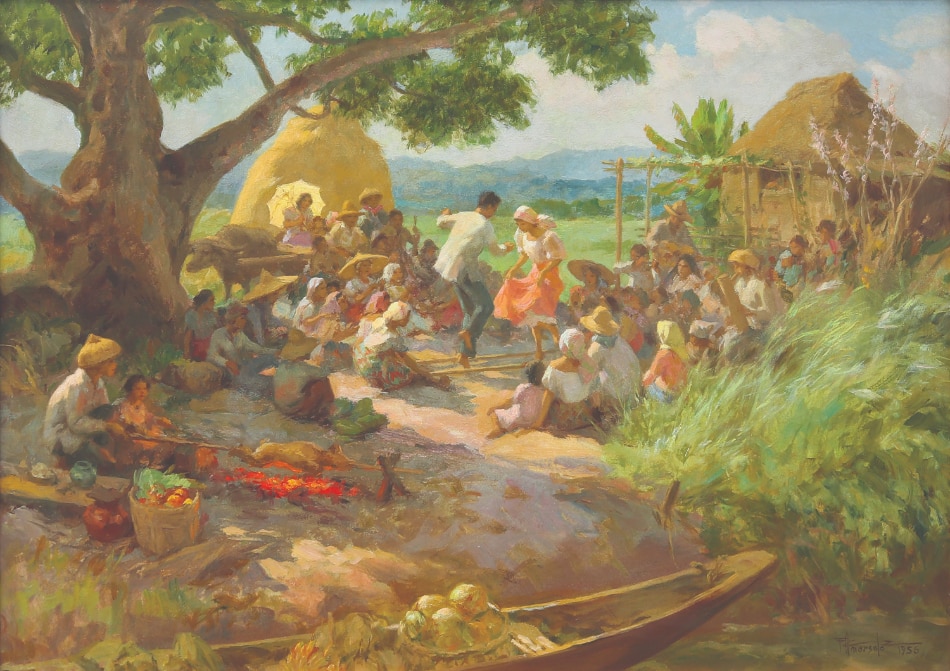
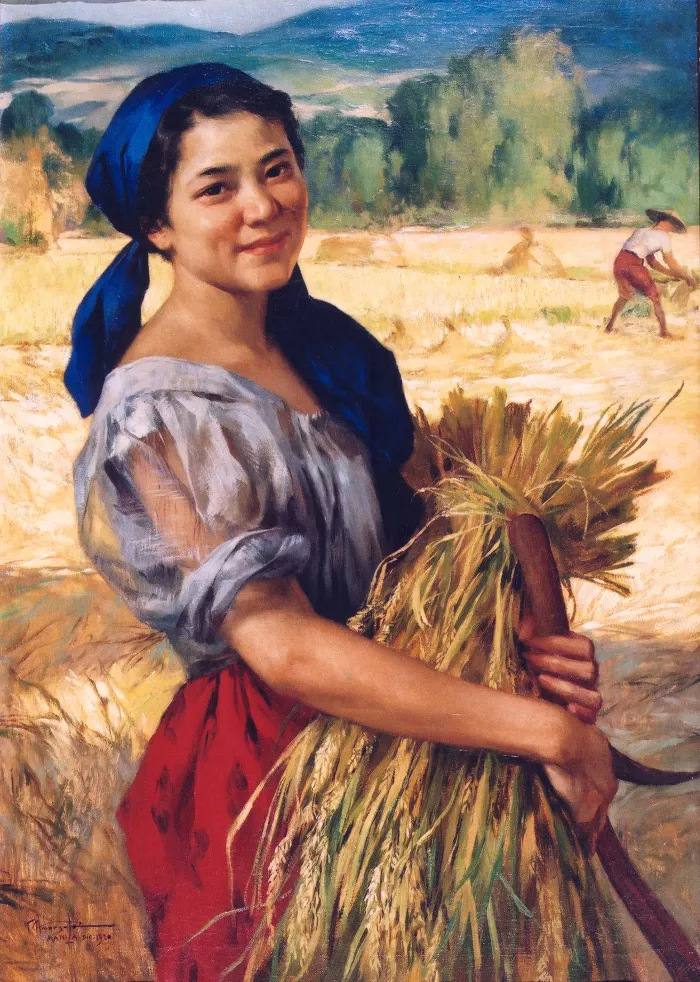

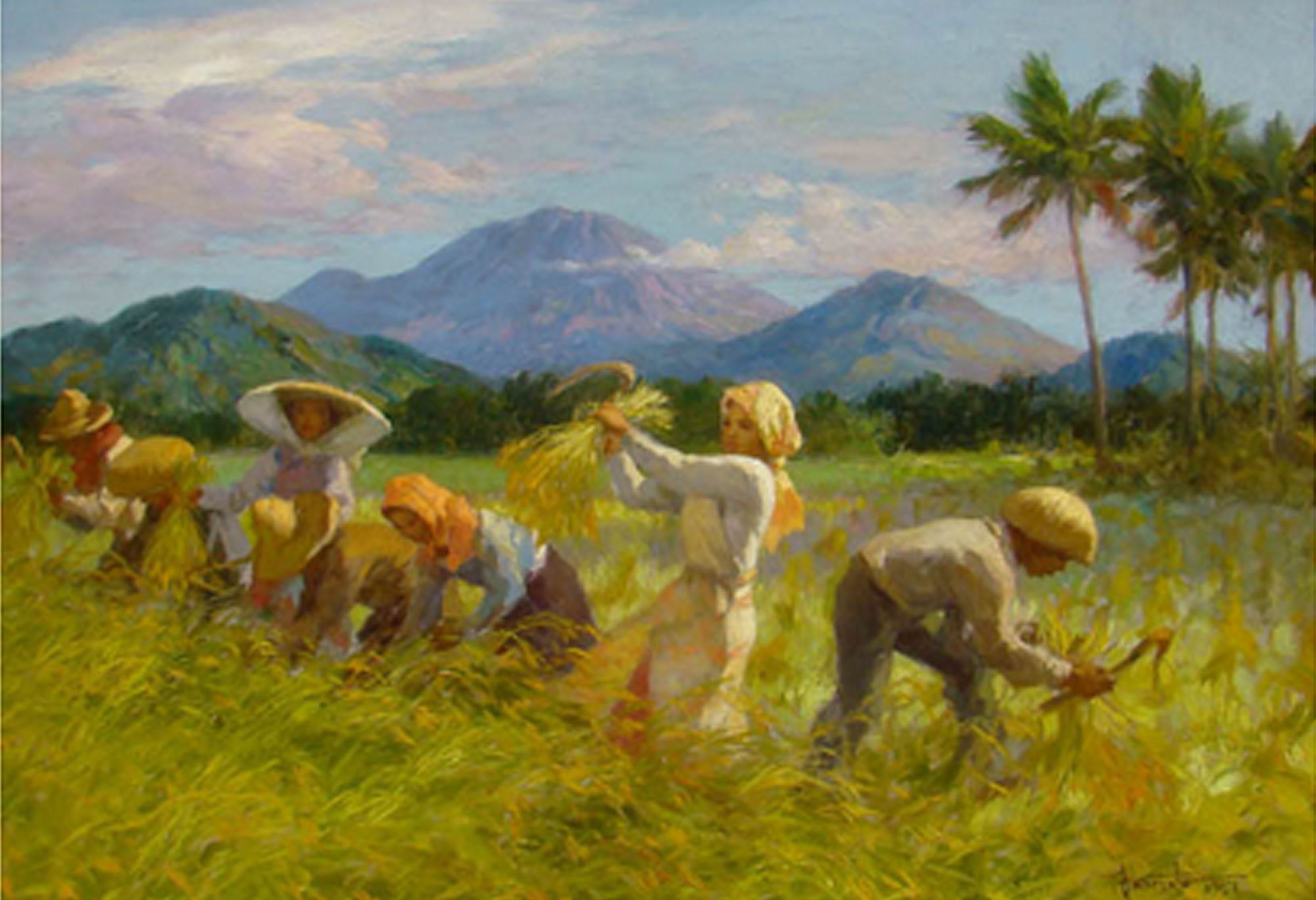




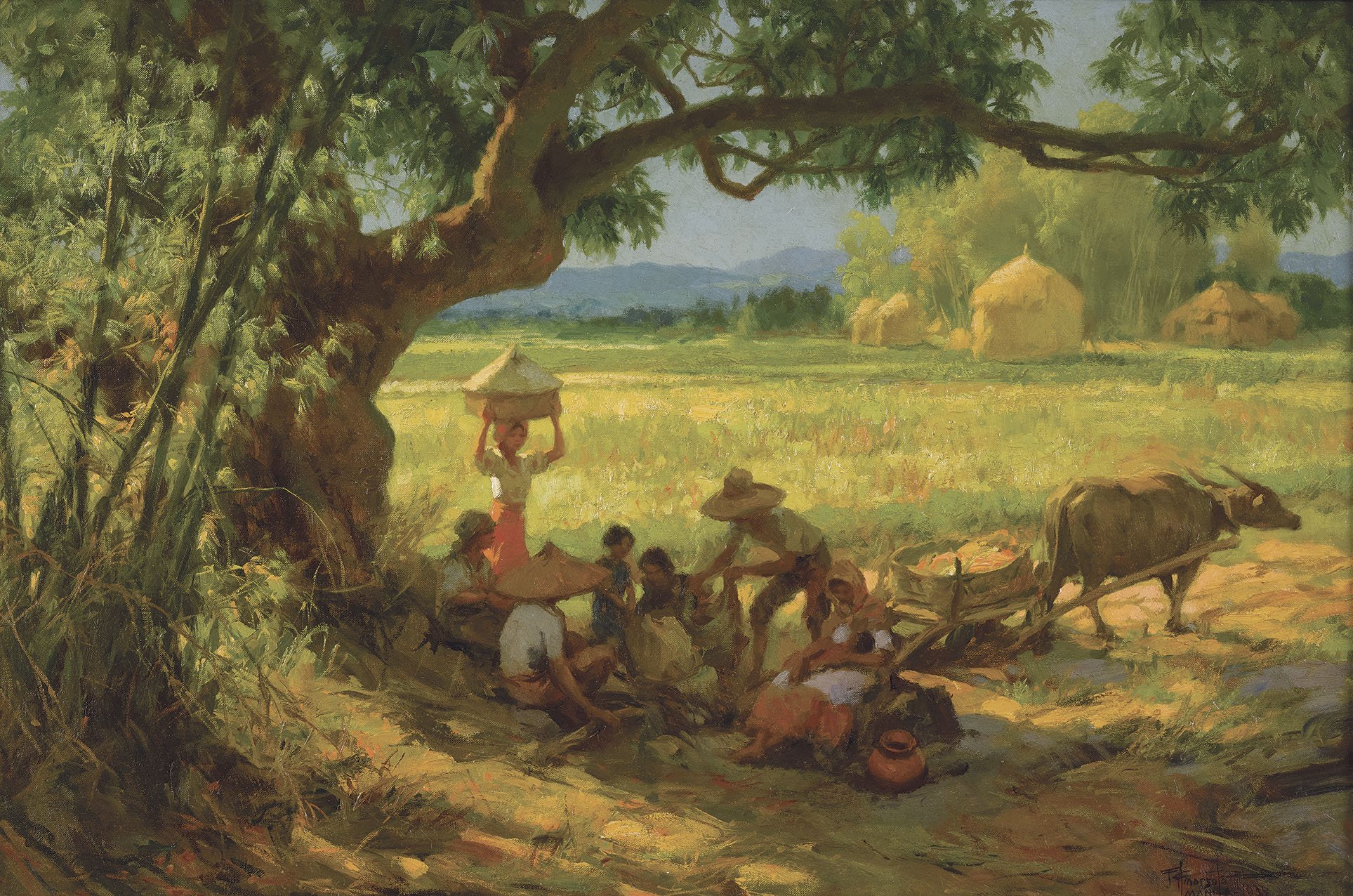.jpg)
.jpg?mode=max)

